As told by Joelle Lieberman
UVU is a place for exploring — not only exploring different academic careers and disciplines but exploring yourself.
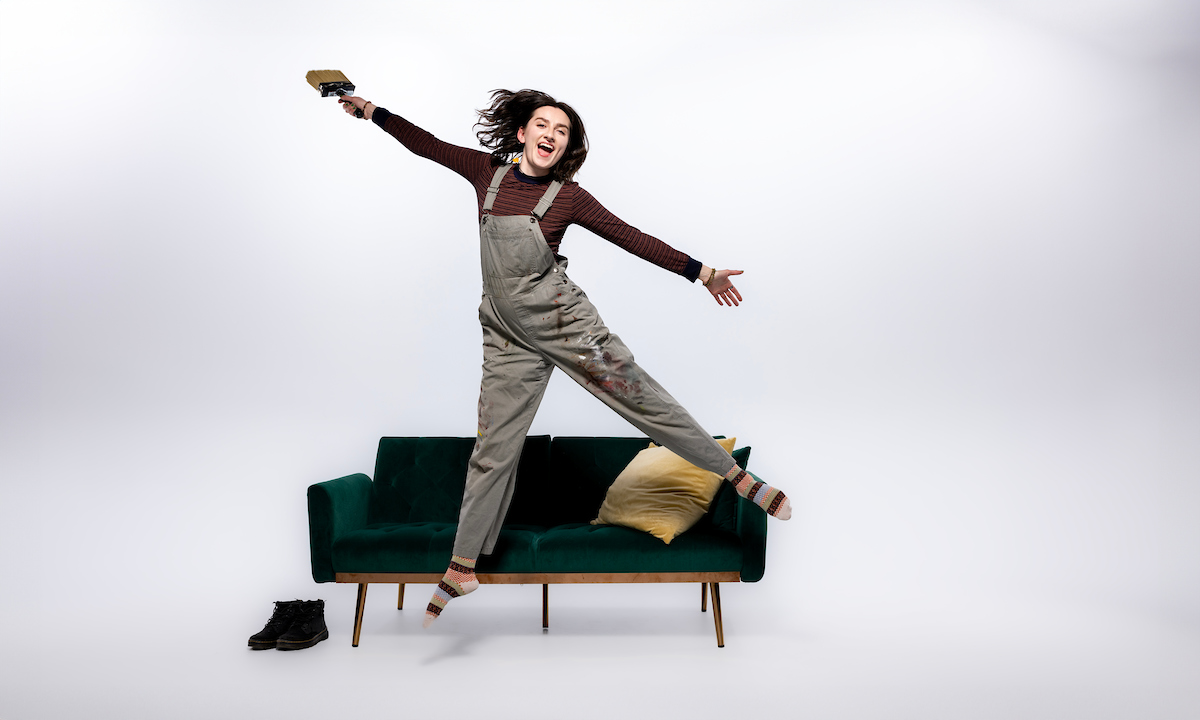
Photo by
Coming out of high school [...] I came to UVU. I wasn't totally sure where I wanted to go, but I knew I wanted to be an artist in some capacity. So, I started taking painting and drawing classes and really fell in love with [analog] processes. I got into the BFA program, and that kind of changed my life. I became the gallery assistant for the art and design department under Jason Lanegan, associate chair of the department.
[Jason had] an open slot for the sixth-floor gallery and asked if I'd wanted to curate a show. I was super eager to jump at that! He gave me so much freedom in planning — which artists I wanted to pull works from, what the theme should be, and [how] that could relate to students, why that'd be important for students to see.
I learned about all the opportunities that [...] I hadn't really considered before. My professor [suggested] that I ask around [about resources], and I thought about the Women's Success Center. [Even] though I didn't know [what] resources they might have, if this was even possible, it was so worth just asking! That [opened a] whole new world for me.
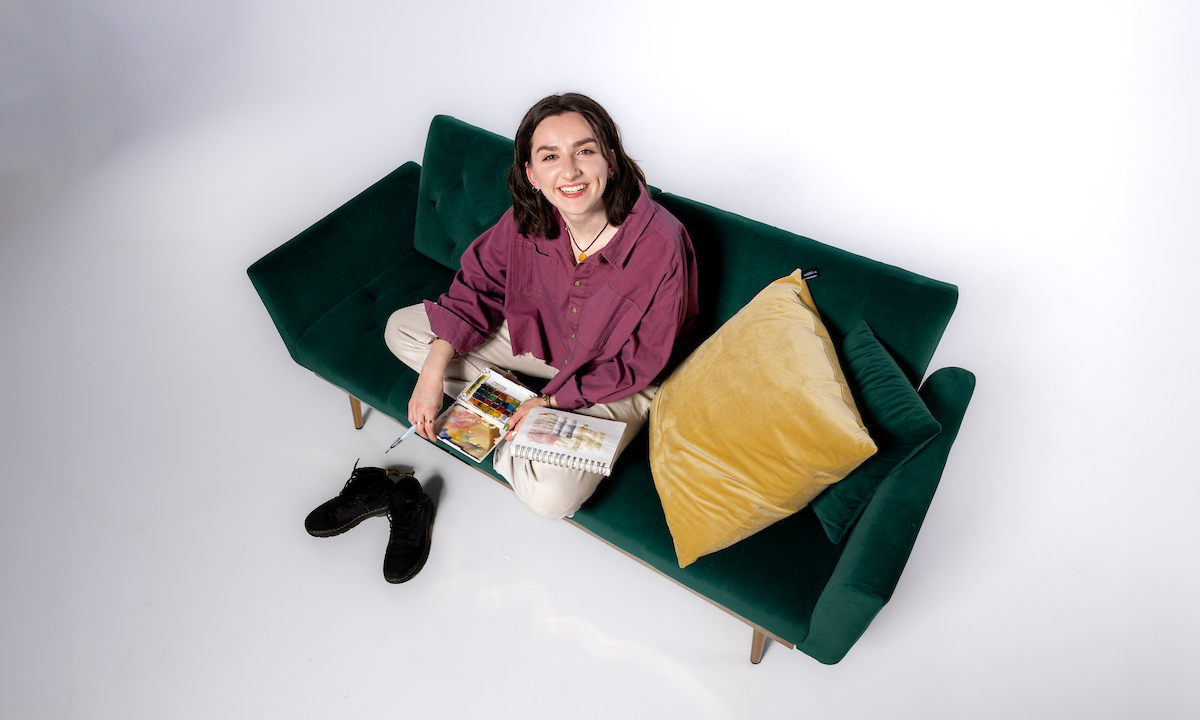
The Women’s Success Center funded documentation of the show and a video where a few of the artists who participated were interviewed, and I was interviewed as the curator. I think this is so important for students to see to be able to get a behind-the-scenes look at what goes into creating an exhibition: [What] do professional artists do? What do their practices look like? Why is that important to UVU? Why is that important to see as a student? I’m really grateful to Rachel Lund for helping me with this and to the Women’s Success Center in general. I think it's such an amazing resource that I wish I had gotten more involved in when I was a freshman.
I really love curating work and bringing something to the community in that way: the arts can create more conversations for people through curation.
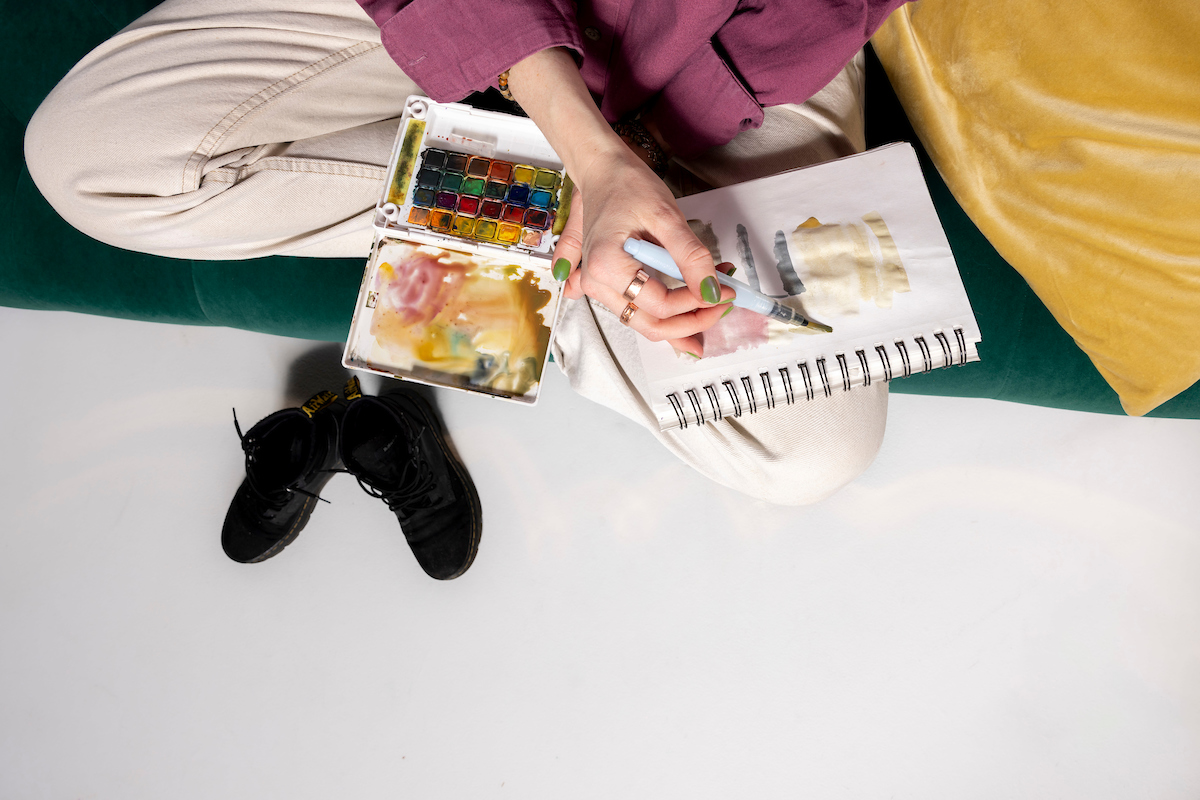
Research that I did for this exhibition was all about “How can you create a viewership experience?” Not [just] products and a gallery but a narrative throughout. I think the most important thing for people to [bring] to exhibitions or gallery spaces is openness to discuss. You learn so much more about the works [and] yourself in discussing with other people how you feel about them.
We kind of have this “hustle and grind” and “nine-to-five” culture. Less importance, I think, is placed on things like the arts — [whether it’s] as lucrative financially. I was discouraged from going into the arts. But the arts are so important. They teach us so much about ourselves and our relation to the past. [This] is so important for community. [The] more we know about ourselves, the more we know about others, and I think the arts can really bring people together in an emotional [and] compassionate way.
[Being] supportive of other people's passions and emotional states is important to having a healthy community. [Art] is all about communication. [Through] creating and viewing art, we're communicating in a way that we can't always do verbally or face to face.
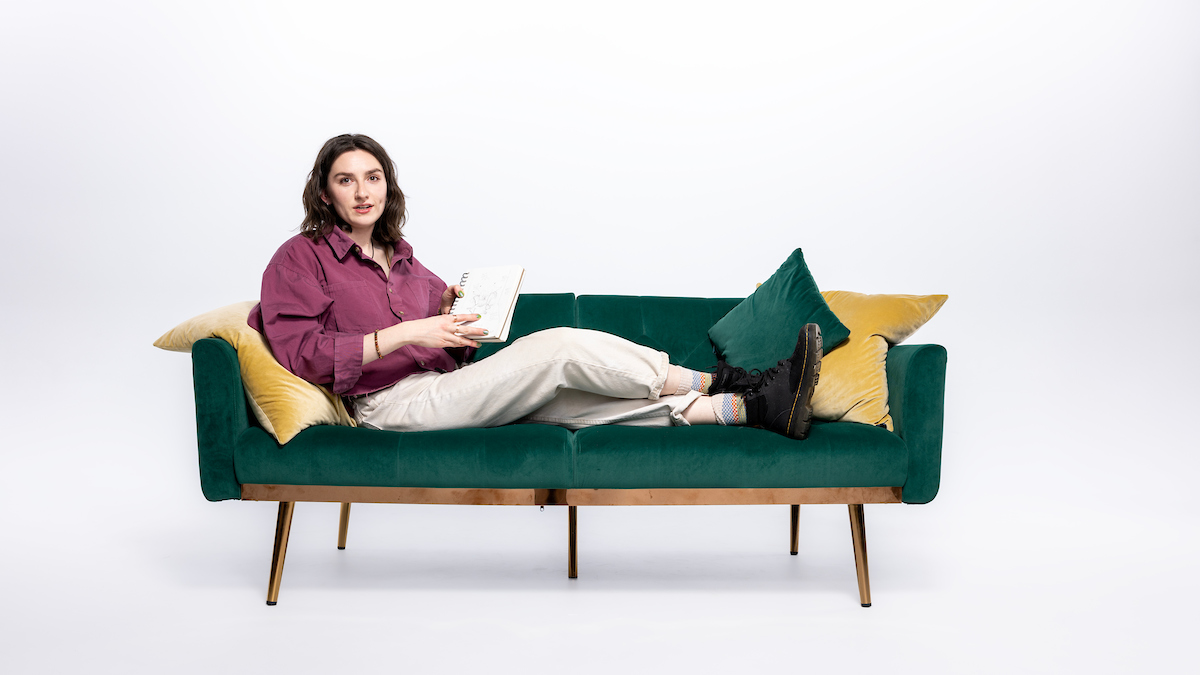
Memory has become important to my art. It’s been interesting to try and find out where that comes from. A lot of it has to do with family, [the] ways I was brought up, [and still] feeling so connected to that. But [that’s] also disconnected from who I am now. And that can be a complex, confusing feeling. Memory [is] objective in so many ways, but it’s also completely subjective. Memories can change all the time, and our feelings about them can change. [That] kind of duality is so interesting to me. That this thing can exist on both these levels. It’s become a wonderful concept for me to keep diving into again and again.
A lot of [my BFA show] had to do with questions of “How are memories formed?” and “How are we led to forget them?” [It] came to be about the anxiety of losing memories, and then also this sadness for memories that are lost. That played into my feelings about [my] own memories.
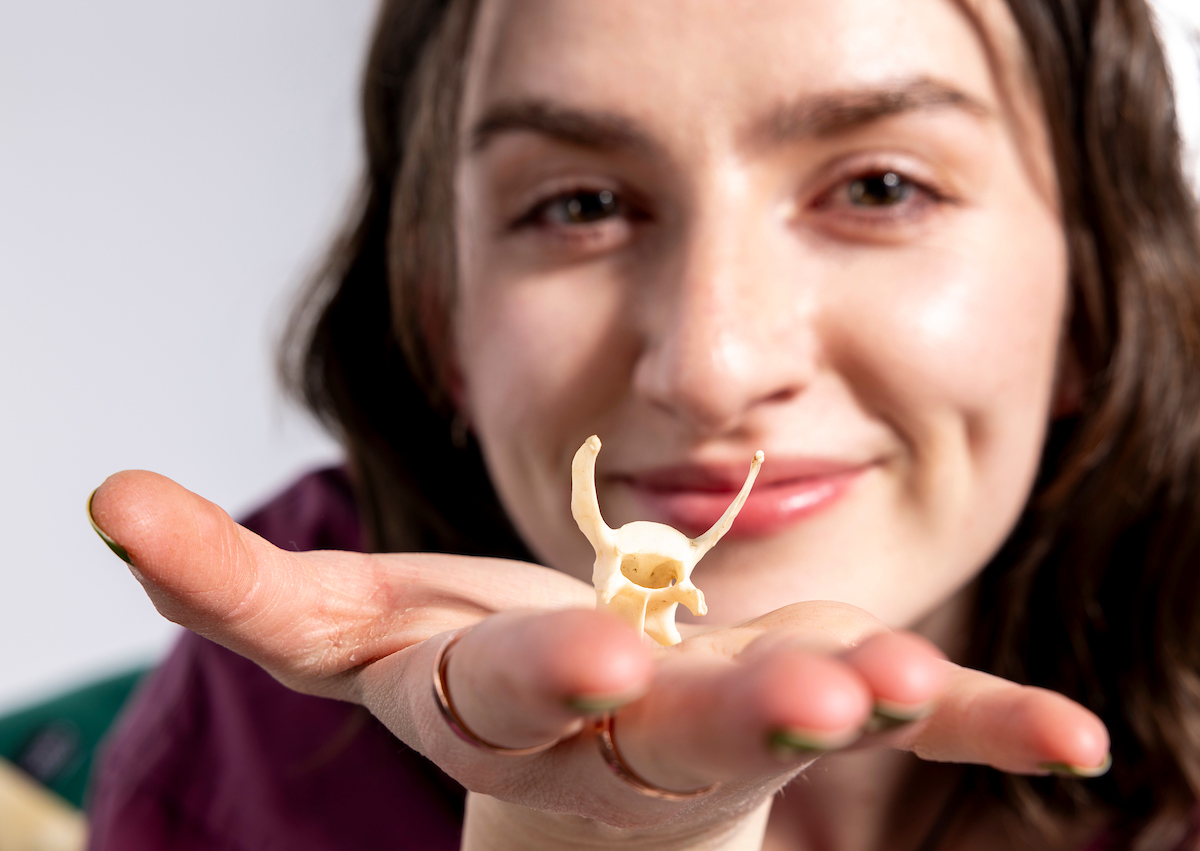
Psychologist Dr. Dorthe Berntsen has been a pioneer in the field of memory. She has a lot of studies on this phenomenon called involuntary memory. It’s something we experience all the time. More often than consciously recalled memory. [That became] a perfect example of the confusing aspects of memory: [the questions of] “Why did I remember this? Why did it come up at this point?” I found that making visual art can be a form of research itself.
DNA has a memory — our bodies hold so much memory. I learned about this [idea] — and I'm not a biology student — that when your mother is in the womb of your grandmother, you are within her. Her eggs are being formed, and you're one of them within her, within your grandmother. There's a direct line [of] memory, and a lot of people relate this to generational trauma. I think it's a wonderful way of understanding how experiences are embedded into our bodies. Memory becomes so instinctual because of your experiences. It really shapes so much of your present and future in such a subconscious way.
I’m trying to grasp at this intangible, ambiguous concept and give it more weight so I can think about it and discuss it more. The paintings I started with from that research were abstract paintings; it was exciting to start working more abstractly. The process for them was so different from what I had done before. I wasn't planning out the composition, the color scheme, or things like that that you would normally do. Instead, I was trying to draw upon spontaneous moments and trying to capture them. So, the paintings became [like] documentation of that experience happening because they were painted while it was happening.
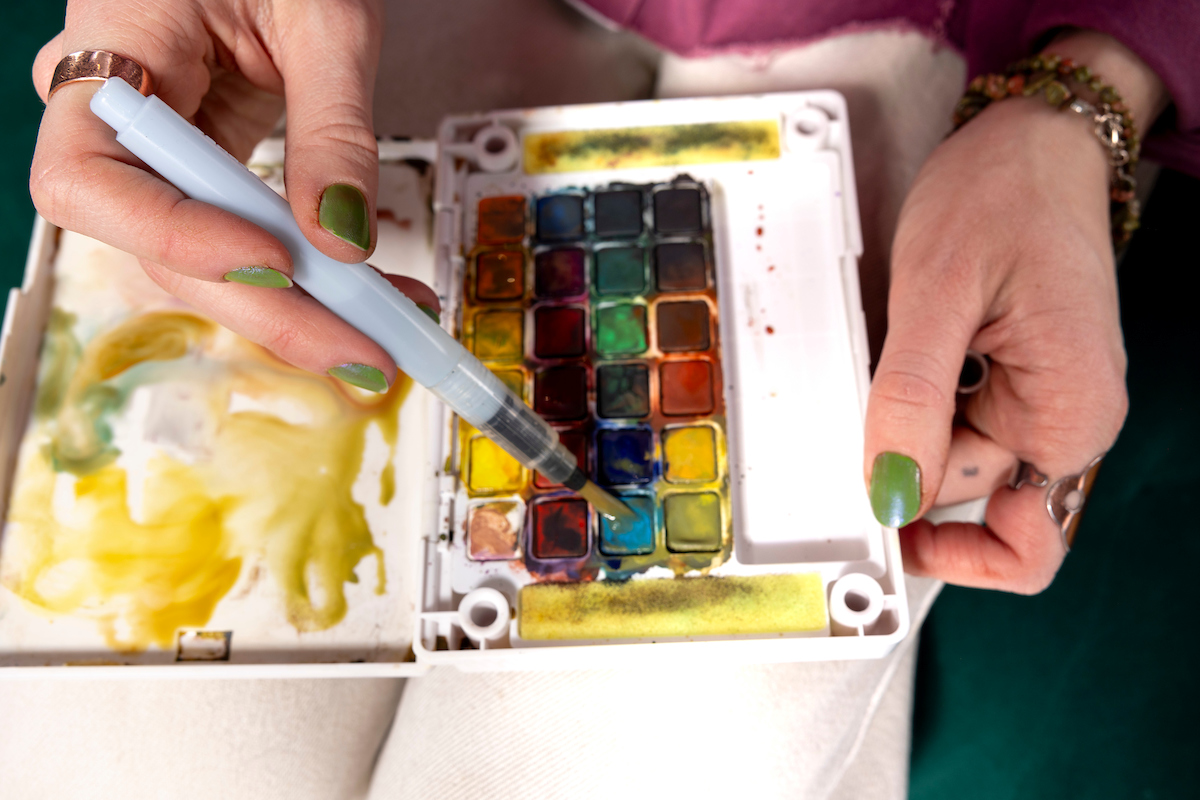
I became really interested in research conferences. [A professor suggested] I apply to UCR in 2023. It was, I believe, the second year of the visual arts session being available.
That opened more doors for me. I wanted to apply to more conferences. I got into a national art conference in Richmond, Virginia. I was only one of eight undergraduate students invited to go. [From that], combined with my experiences here at UVU, I knew that I wanted to continue my education. So, I've applied to MFA programs, and I've just learned to keep such an open mind about where experiences can lead you and to stay flexible.
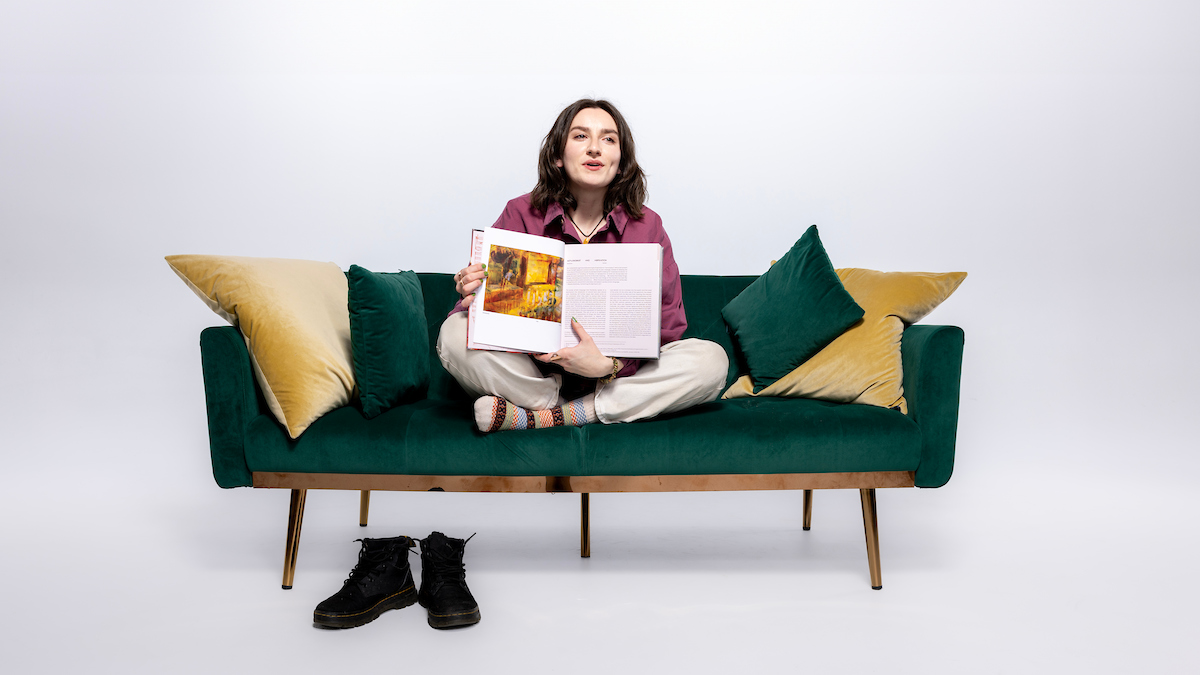
Through my experience at UVU, I have to say that some of my favorite things have been the professors I've worked with — so supportive and insightful about what I might need as a student. And it feels so individualized; the way that some of my professors would guide me was different in the way that they would guide others. And I think that was [excellent] that they were able to see how individual we were in such a creative field and to be so receptive to that. I [gained] a lot of confidence in myself and in having a career as an artist through my professors. I've kind of learned to go after opportunities yourself — not just wait for things to arise, but to chase them.
I've been working now as a gallery assistant and technically as a committee member of Odd Duck Studio in Provo. That opportunity only came about because I asked a professor if he knew of anything, and then I had to go chase [someone else] down and ask, “[Can] I do more?”
UVU is a place for exploring — not only exploring different academic careers and disciplines but exploring yourself. I've learned a lot about myself through my experience at UVU. I don't think that I would be in this place of self-confidence and self-knowing that I am now if I hadn't come to UVU.
UVU Department of Art & Design